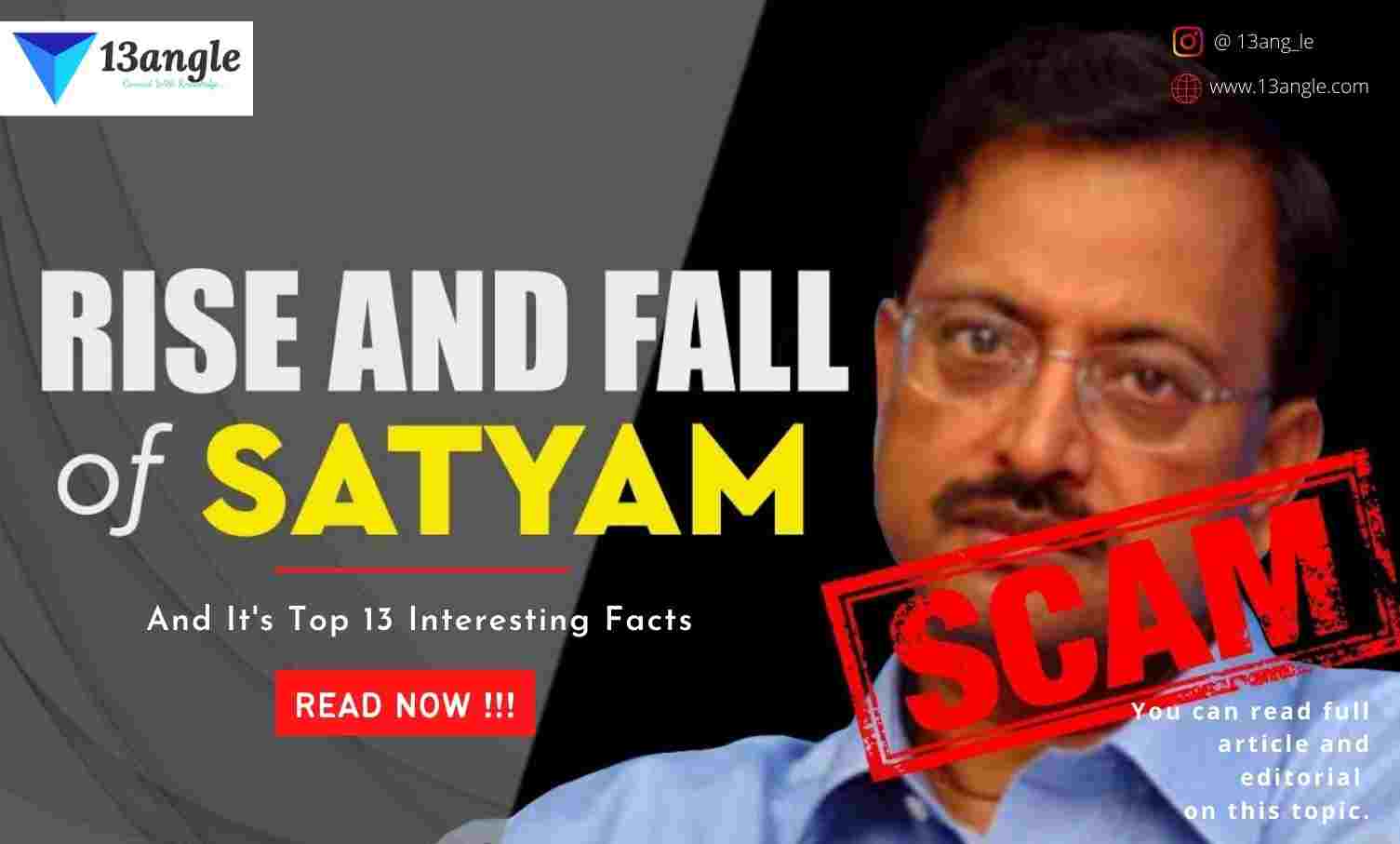
What Is Writ?
- Writs are written orders issued by the Supreme Court or a High Court directing constitutional remedies for Indian citizens who have had their basic rights violated. Article 32 of the Indian Constitution deals with constitutional remedies that an Indian citizen can seek from the Supreme Court of India and the High Court of India if his or her basic rights have been violated. The Supreme Court has the ability to issue writs for the enforcement of rights under the same article, whereas the High Court has the same power under Article 226.
Types Of Writs In India
The Supreme Court of India is the guardian of citizens’ basic rights. It has unique and broad abilities for this. It issues five different types of writs to enforce people’ basic rights. The following are the five categories of writs:
- Habeas Corpus
- Mandamus
- Prohibition
- Certiorari
- Quo-Warranto
1. Habeas Corpus
- The Latin phrase ‘Habeas Corpus’ means ‘to have the body of.’ This writ is intended to protect an individual’s basic right to liberty against wrongful detention. The Supreme Court/High Court uses Habeas Corpus to order that a person who has arrested another person bring the latter’s body before the court.
=> Facts about Habeas Corpus in India:
- The Supreme Court or High Court can issue this writ against both private and public authorities.
- Habeas Corpus can not be issued in the following cases:
- When detention is lawful
- When the proceeding is for contempt of a legislature or a court
- Detention is by a competent court
- Detention is outside the jurisdiction of the court
2. Mandamus
- This writ’s literal meaning is ‘We command.’ The court will utilize this writ to order a public employee who has failed or refused to discharge his job to return to work. Mandamus can be given for the same purpose against any public entity, company, subordinate court, tribunal, or government, in addition to public officials.
=> Facts about Mandamus in India:
- Unlike Habeas Corpus, Mandamus cannot be issued against a private individual
- Mandamus can not be issued in the following cases:
- To enforce departmental instruction that does not possess statutory force
- To order someone to work when the kind of work is discretionary and not mandatory
- To enforce a contractual obligation
- Mandamus can’t be issued against the Indian President State Governors
- Against the Chief Justice of a High Court acting in a judicial capacity
3. Prohibition
- ‘To forbid’ is the exact definition of the word ‘prohibition.’ A higher-ranking court files a Prohibition writ against a lower-ranking court to prohibit the latter from exceeding its authority or usurping jurisdiction that it does not have. Inactivity is directed by it.
=> Facts about Prohibition in India:
- Writ of Prohibition can only be issued against judicial and quasi-judicial authorities.
- It can’t be issued against administrative authorities, legislative bodies, and private individuals or bodies.
4. Certiorari
- The writ of ‘Certiorari’ literally means ‘to be certified’ or ‘to be informed.’ This writ is sent by a higher court to a subordinate court or tribunal, instructing them to either transfer a matter pending before them to themselves or to quash their order in a case. It is granted because of an excess of authority, a lack of jurisdiction, or a legal mistake. It not only avoids but also corrects faults in the legal system.
=> Facts about Certiorari in India:
- Pre-1991: The writ of Certiorari used to be issued only against judicial and quasi-judicial authorities and not against administrative authorities
- Post-1991: The Supreme Court ruled that the certiorari can be issued even against administrative authorities affecting the rights of individuals
- It cannot be issued against legislative bodies and private individuals or bodies.
5. Quo-Warranto
- The writ of ‘Quo-Warranto’ literally means ‘By what authority or warrant.’ This writ is issued by the Supreme Court or the High Court to prohibit a person from illegally usurping a public office. The court investigates the legitimacy of a person’s claim to a public office using this writ.
=> Facts about Quo-Warranto in India:
- Quo-Warranto can be issued only when the substantive public office of a permanent character created by a statute or by the Constitution is involved
- It can’t be issued against private or ministerial office
How Writ Jurisdiction Of The Supreme Court Differs From That Of The High Court?
- The Supreme Court is empowered to issue writs under Article 32 of the Indian Constitution, whereas the High Courts are empowered under Article 226. However, as shown in the table below, there are a few distinctions in the writ jurisdiction of both courts:
| Difference | Supreme Court | High Court |
| Purpose | To only enforce fundamental rights | To enforce fundamental rights but also for other purposes (The expression ‘for any other purpose’ refers to the enforcement of an ordinary legal right) |
| Territorial Jurisdiction | Against a person or government throughout the territory of India | Against a person residing, government, or authority located within its territorial jurisdiction only Or Outside its territorial jurisdiction only if the cause of action arises within its territorial jurisdiction |
| Power | Article 32 is a fundamental right- the Supreme Court may not refuse to exercise its power to issue the writs | Discretionary-May refuse to exercise its power to issue writs |
Jurisdiction of the Supreme Court
Original, appellate, and advisory jurisdiction is all exercised by the Supreme Court. Its exclusive original jurisdiction extends to any dispute between the Government of India and one or more States, or between the Government of India and any State or States on one side and one or more States on the other, or between two or more States, if and to the extent that the dispute involves any question (whether of law or fact) that affects the existence or scope of a legal right. Furthermore, the Supreme Court has considerable original jurisdiction over the enforcement of Fundamental Rights under Article 32 of the Constitution. It has the authority to issue directives, orders, or writs to enforce them, including writs of habeas corpus, mandamus, prohibition, quo warranto, and certiorari. The Supreme Court has the authority to order that any civil or criminal matter be transferred from one State High Court to another State High Court or from one Court subordinate to another State High Court.
If the Supreme Court determines that cases involving the same or substantially the same legal questions are pending before it and one or more High Courts, or two or more High Courts, and that such questions are substantial questions of general importance, the Supreme Court may withdraw a case or cases pending before the High Court or High Courts and dispose of all of them. International Commercial Arbitration can also be launched before the Supreme Court under the Arbitration and Conciliation Act of 1996. A certificate granted by the High Court concerned under Article 132(1), 133(1), or 134 of the Constitution in respect of any judgment, decree, or final order of a High Court in both civil and criminal cases involving substantial questions of law as to the interpretation of the Constitution can be used to invoke the Supreme Court’s appellate jurisdiction. In civil cases, appeals may be made to the Supreme Court if the High Court certifies: (a) that the case contains a substantial question of law of public significance and (b) that the High Court believes the question should be determined by the Supreme Court. If the High Court (a) has reversed an order of acquittal of an accused person and sentenced him to death or life imprisonment or for a period of not less than 10 years on appeal, or (b) has withdrawn for trial before itself any case from any Court subordinate to its authority and has convicted the accused and sentenced him to death or life imprisonment or for a period of not less than 10 years in such trial, an appeal lies to the Supreme Court. Parliament has the authority to provide the Supreme Court further powers to entertain and hear appeals against any judgment, final order, or sentence issued by a High Court in a criminal matter. The Supreme Court also has broad appellate jurisdiction over all Indian courts and tribunals, in that it can grant special leave to appeal under Article 136 of the Constitution from any judgment, decree, determination, sentence, or order in any cause or matter passed or made by any Indian court or tribunal.
The Supreme Court has special advisory jurisdiction over cases that the President of India may directly submit to it under Article 143 of the Constitution. Article 317(1) of the Constitution, Section 257 of the Income Tax Act, 1961, Section 7(2) of the Monopolies and Restrictive Trade Practices Act, 1969, Section 130-A of the Customs Act, 1962, Section 35-H of the Central Excises and Salt Act, 1944, and Section 82C of the Gold (Control) Act, 1968 all provide for referral or appeal to this Court. Under the Representation of the People Act, 1951, the Monopolies and Restrictive Trade Practices Act, 1969, the Advocates Act, 1961, the Contempt of Courts Act, 1971, the Customs Act, 1962, the Central Excises and Salt Act, 1944, the Enlargement of Criminal Appellate Jurisdiction Act, 1970, the Trial of Offenses Relating to Securities Act, 1992, and the Terrorist and Disruptive Activities (Prevention) Act, 1987, the Supreme Court has been given the authority to penalize for contempt of court, including contempt of itself, under Articles 129 and 142 of the Constitution. In cases of contempt other than those listed in Rule 2, Part-I of the Rules to Regulate Proceedings for Contempt of the Supreme Court, 1975, the Court may act (a) Suo motu, (b) on a petition filed by the Attorney General or the Solicitor General, or (c) on a petition filed by any person, and in the case of criminal contempt, with the Attorney General’s or Solicitor General’s consent in writing. The Supreme Court may review its judgment or order under Order XL of the Supreme Court Rules, but no application for review is to be entertained in a civil proceeding except on the grounds specified in Order XLVII, Rule 1 of the Code of Civil Procedure, and no application for review is to be entertained in a criminal proceeding except on the basis of an error apparent on the face of the record.
Provision Of Legal Aid
- Although the Supreme Court’s proceedings are based on the judgments or orders of the lower courts, including the High Courts, the Court has recently begun to entertain matters involving the general public’s interest, and any individual or group of individuals can petition the Court either by filing a Writ Petition at the Court’s Filing Counter or by writing to Hon’ble Chief Justice of India highlighting the issue. ‘Public Interest Litigation,’ as the notion is called, has resulted in numerous landmark decisions involving concerns of public interest.
High Courts
The High Court is the highest court in a state’s legal system. In the country, there are 24 High Courts, three of which have authority over several states. Only Delhi has its own High Court among the Union Territories. Different State High Courts have authority over the remaining six Union Territories. A Chief Justice and as many additional Judges as the President may designate from time to time make up each High Court.
The President, in conjunction with the Chief Justice of India and the Governor of the State, appoints the Chief Justice of a High Court. The method for electing puisne Judges is the same as for appointing regular judges, with the exception that the Chief Justice of the High Court in question is also consulted. They serve until they reach the age of 62 and are removed in the same way as Supreme Court judges are. To be eligible for appointment as a judge, one must be an Indian citizen and have served in a judicial capacity in India for 10 years, or have practiced as an Advocate of a High Court or two or more such Courts in succession for a similar time. Each High Court has the authority to issue directives, orders, or writs to anybody within its jurisdiction, including writs in the form of habeas corpus, mandamus, prohibition, quo warranto, and certiorari for the enforcement of Fundamental Rights and for any other reason.
This power may also be exercised by any High Court with jurisdiction over territories where the cause of action for the exercise of such power arises, in whole or in part, despite the fact that the seat of such Government or authority, or the residence of such person, is not within those territories. All Courts under a High Court’s jurisdiction are subject to its supervision. It can formulate and publish general rules and prescribe forms to control their practice and procedures, as well as specify the manner and form in which book entries and accounts must be kept. The High Courts’ seat and territorial jurisdiction are listed in the table below.
Top 13 Interesting Facts About Writ
Writs are a written order from the Supreme Court or High Court that commands constitutional remedies for Indian Citizens against the violation of their fundamental rights.
Article 32 in the Indian Constitution deals with constitutional remedies that an Indian citizen can seek from the Supreme Court of India and High Court against the violation of his/her fundamental rights. Writ of Prohibition can only be issued against judicial and quasi-judicial authorities.
The Supreme Court of India is the defender of the fundamental rights of the citizens.
The literal meaning of this writ is ‘We command.
It can’t be issued against administrative authorities, legislative bodies, and private individuals or bodies.
Quo-Warranto can be issued only when the substantive public office of a permanent character created by a statute or by the Constitution is involved.
It can’t be issued against the private or ministerial office.
Article 32 also empowers Parliament to authorize any other court to issue these writs.
Before 1950, only the High Courts of Calcutta, Bombay, and Madras had the power to issue the writs.
Article 226 empowers all the High Courts of India to issue the writs.
Writs of India are borrowed from English law where they are known as ‘Prerogative writs’.
Article 32 is a fundamental right- the Supreme Court may not refuse to exercise its power to issue the writs.
The Supreme Court or High Court can issue this writ against both private and public authorities.







